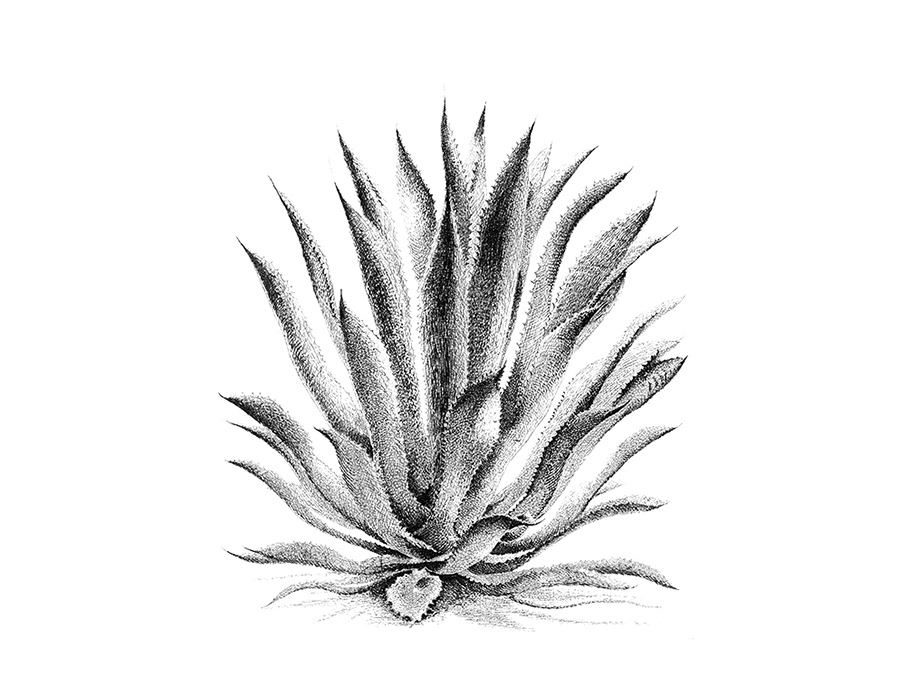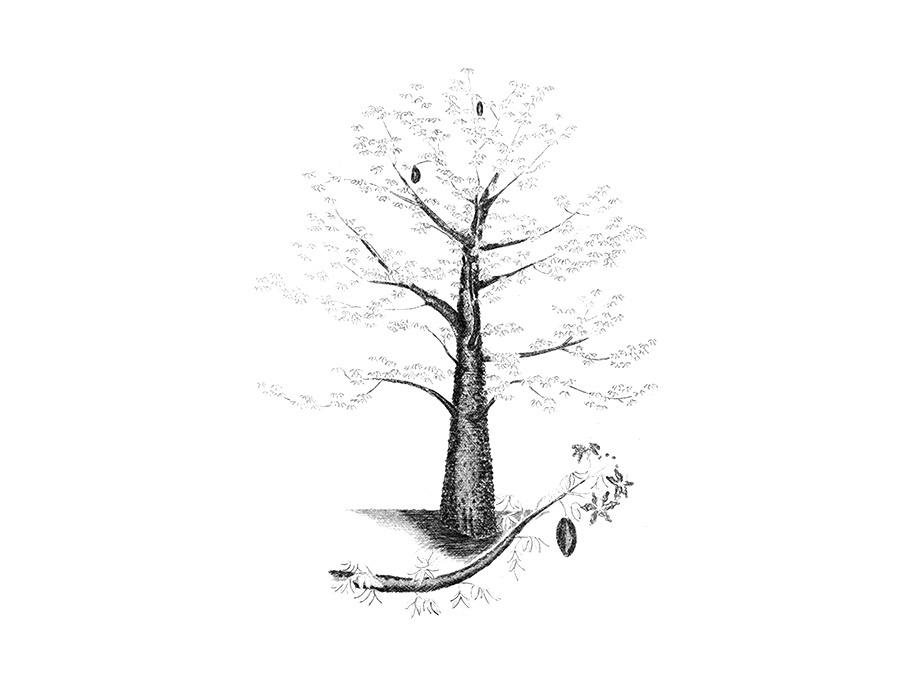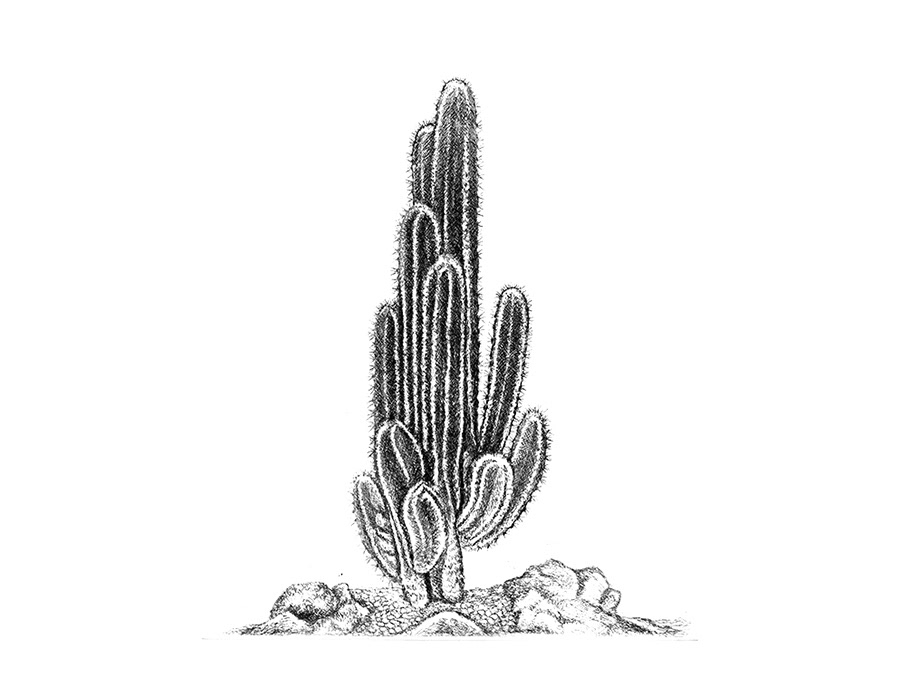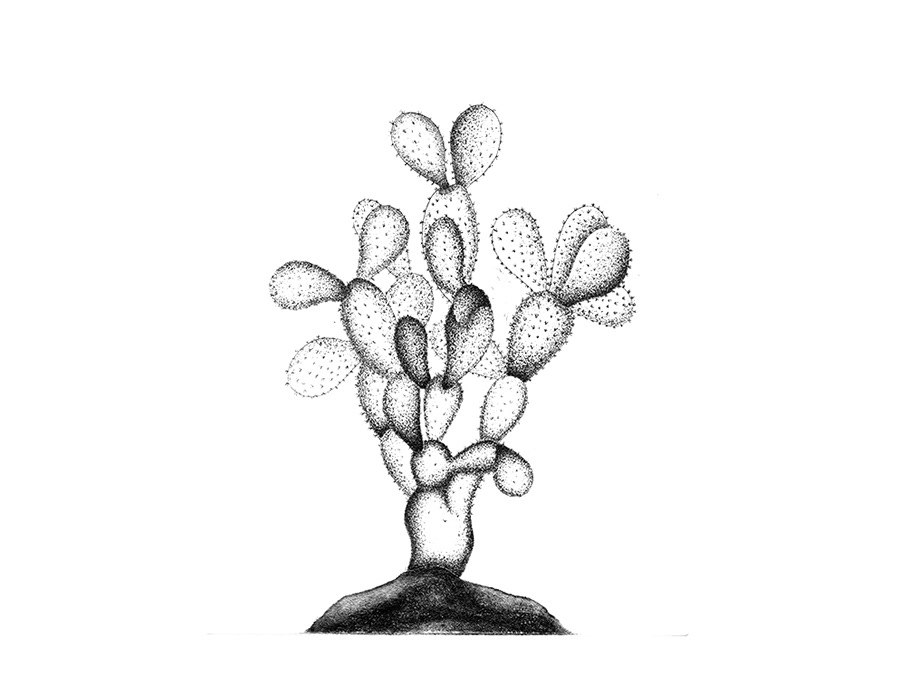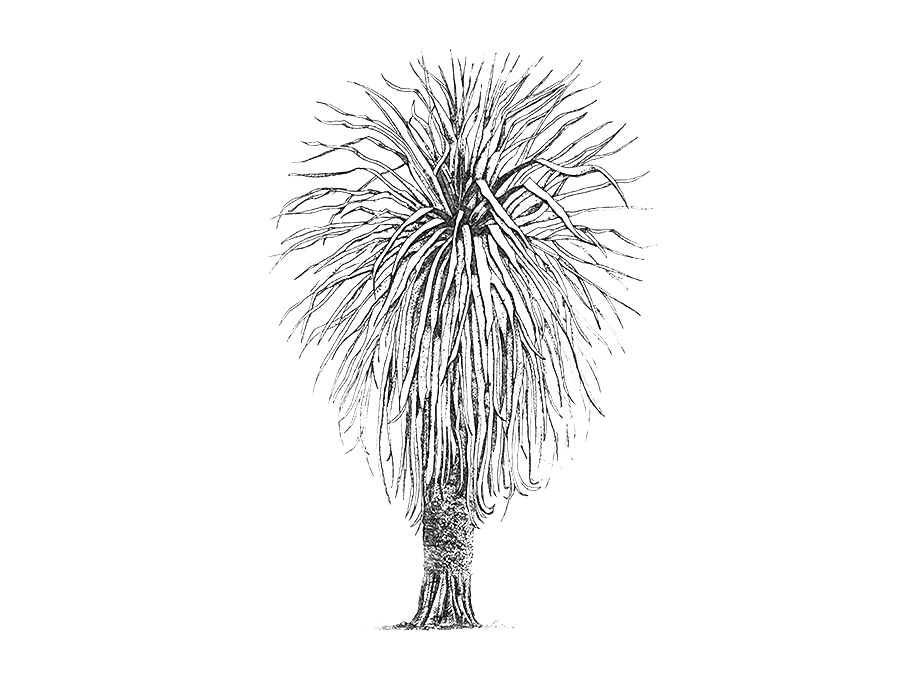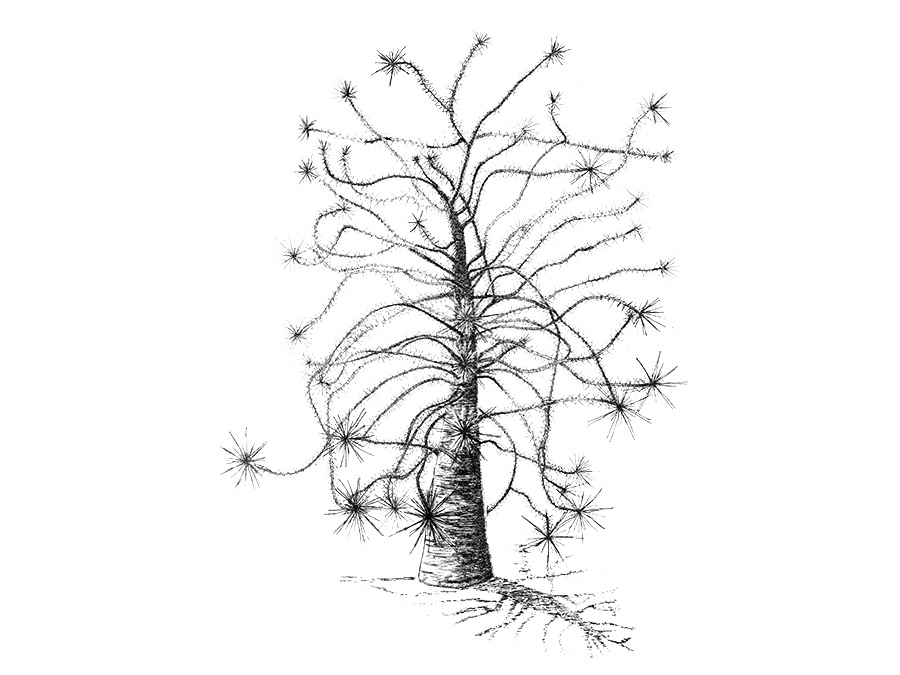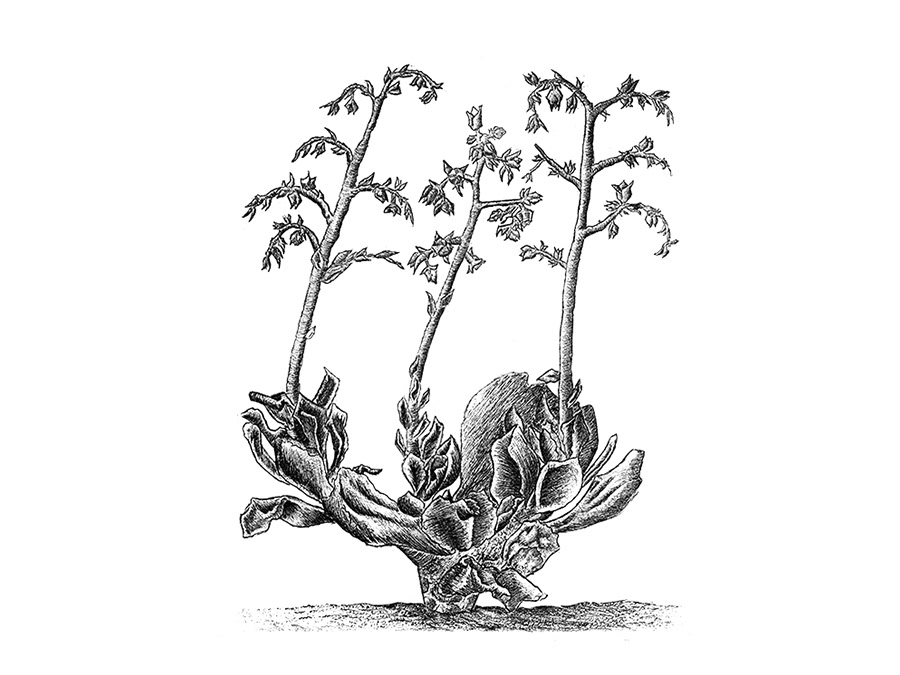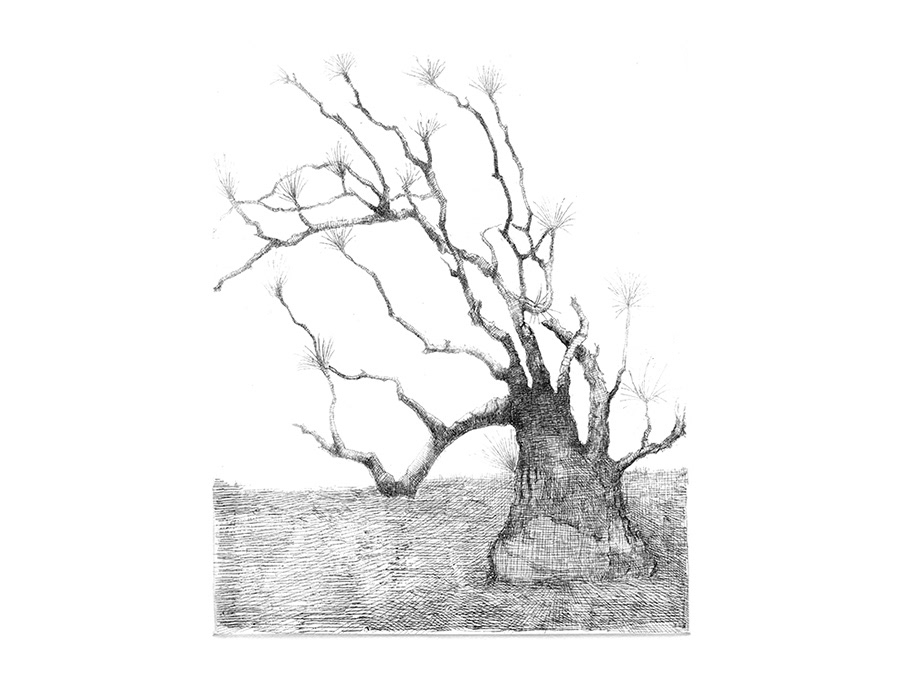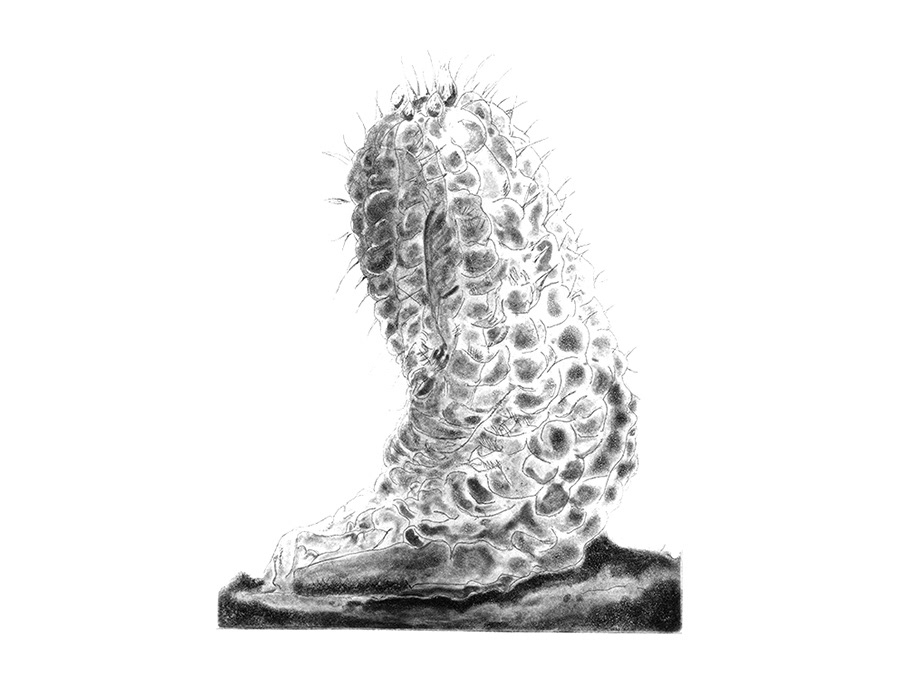Cotton • Gossypium hirsutum
We cultivate this plant from seeds collected in Cuicatlán, in the Cañada region, where people usually plant some 'criollo' cotton bushes in their yards and orchards. We all know the usefulness of the fiber, but there is also an ancient connection between the Gossypium genus and human fertility: in various communities in Mexico, Central America, the Caribbean, and South America, women ingest the seeds, bark, or roots to induce menstruation, facilitate labor, and stimulate milk secretion. The grandmother of the temazcal, the goddess who protects expectant mothers and welcomes newborns, appears covered in cotton in indigenous codices. The plant belongs to the Malvaceae family, an extremely diverse family with more than 100 genera and 1800 species distributed worldwide, particularly abundant in the tropics. The Gossypium genus includes about 40 species native to warm regions of the Americas, Africa, Asia, and Australia. Four of them were independently domesticated in Mesoamerica, South America, Eastern Africa, and the Indian Subcontinent. The wild populations of Gossypium hirsutum are endemic to the northern coast of the Yucatán Peninsula, where its cultivation seems to have begun in the formative period. Several forms of this species, including the 'coyuche,' distinguished by its short cinnamon-colored fibers, are currently preserved in Oaxaca. As seen in the engraving, the fiber hangs from the open buds and gets tangled and dispersed by the wind, carrying the seeds that germinate throughout the garden and reminding us of the verses of "Los Laureles": "You are a cotton plant that lives in the cocoon, oh, how sad it makes me when you fill yourself with pride, seeing my heart entangled with yours!" Bibliography: • Brubaker, Curt L., & Jonathan F. Wendel 1994. "Reevaluating the origin of domesticated cotton (Gossypium hirsutum, Malvaceae) using nuclear restriction fragment length polymorphisms (RFLPs)." American Journal of Botany, 81 (10): 1309-1326. • "Los Laureles," Mexican folk song in the public domain. • Mabberley, D.J. 1997. "The Plant Book; a portable dictionary of vascular plants." Second edition. Cambridge University Press, Cambridge, United Kingdom. • Martínez, Maximino 1969. "Las plantas medicinales de México." Fifth edition. Ediciones Botas, Mexico City, Mexico.
You may also like
